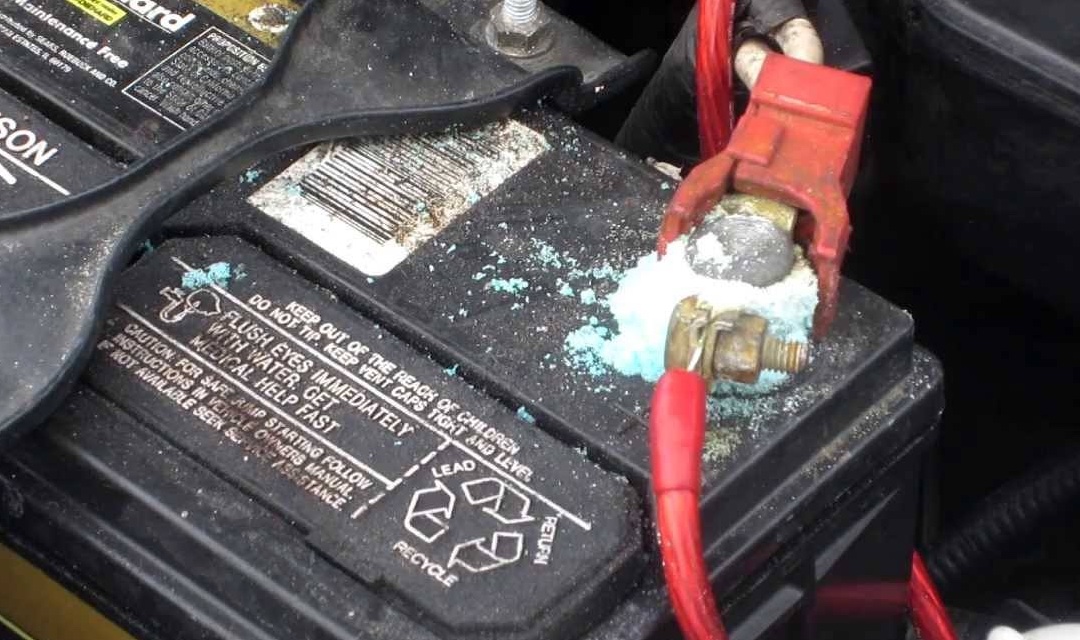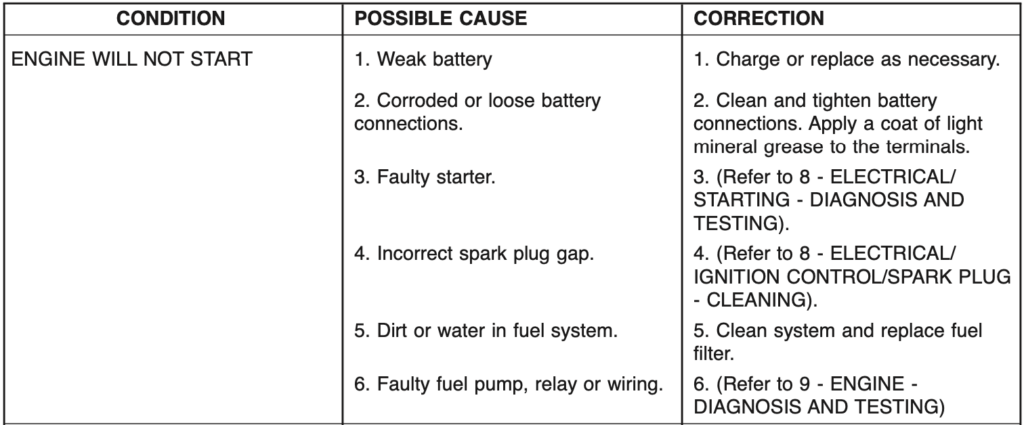When we say “Chrysler 300 Engine Won’t Start,” we are referring to a situation where the motor of the Chrysler 300 vehicle fails to activate and the power source does not convert power into motion, thereby preventing the engine from beginning to work or firing up. This condition is often accompanied by a series of symptoms such as a silent engine when the ignition is turned on, a clicking sound when attempting to start, or a complete lack of response when trying to switch on the engine, leaving the vehicle in a non-operational state until the issue is resolved.
There are several common possible causes that can lead to a Chrysler 300 engine not starting. First, a weak battery may lack the necessary power to energize the starter, resulting in the engine failing to fire up. Corroded or loose battery connections can also impede the flow of electrical current from the battery to the starter, preventing the engine from activating. A faulty starter, responsible for initiating the engine’s combustion process, can likewise cause a no start issue. Other potential causes include an incorrect spark plug gap, which can hinder the spark necessary for ignition, as well as the presence of dirt or water in the fuel system, disrupting the fuel delivery process. Lastly, a faulty fuel pump, relay, or wiring can also contribute to the engine’s inability to turn on.
Troubleshooting Engine Will Not Start
Step-by-step instructions are essential in resolving engine issues with your Chrysler 300. By following these systematic procedures, you can diagnose and fix problems like weak batteries, corroded connections, faulty starters, incorrect spark plug gaps, fuel system contaminants, and faulty fuel components.
- A weak battery: A weak battery is a common cause of an engine not starting. Over time, batteries lose their charge or may not have enough power to energize the starter motor. To address this issue, the battery can be recharged using a battery charger or jump-started using jumper cables and a running vehicle. If the battery is old or consistently weak, it may need to be replaced with a new one.
- Corroded or loose battery connections: Corroded or loose battery connections can disrupt the flow of electrical current from the battery to the starter motor, preventing the engine from starting. To fix this, the battery terminals should be inspected for corrosion and cleaned using a wire brush. Additionally, the connections should be tightened securely to ensure a proper electrical connection.
[caption id="attachment_3249" align="alignnone" width="1080"] Corroded car battery cable connections shown in the image require attention to ensure proper electrical conductivity.[/caption]
Corroded car battery cable connections shown in the image require attention to ensure proper electrical conductivity.[/caption]
- Faulty starter: A faulty starter can prevent the engine from firing up. When the starter fails, it may produce a clicking sound or no sound at all when attempting to start the engine. To resolve this issue, the starter motor may need to be replaced. Click here to learn more about the best options for fixing a faulty starter.
- Incorrect spark plug gap: The spark plug gap refers to the distance between the center and ground electrodes of a spark plug. If the gap is too wide or too narrow, it can affect the ignition process, leading to difficulties in starting the engine. Checking the spark plug gap using a gap gauge and adjusting it to the manufacturer’s specifications can help resolve this issue.
- Dirt or water in the fuel system: Dirt or water in the fuel system can disrupt the proper fuel delivery, causing the engine to struggle or fail to start. In this case, the fuel system should be inspected, and any contaminants should be removed. The fuel filter may need to be replaced, and the fuel tank drained and refilled with clean fuel.
- Faulty fuel pump, relay, or wiring: A faulty fuel pump, relay, or wiring can prevent the fuel from reaching the engine, resulting in a no-start situation. A professional diagnosis is recommended to determine the exact cause and necessary repairs. The fuel pump, relay, or wiring may need to be replaced to restore proper fuel flow.
If you’re experiencing difficulties with your Chrysler 300 engine, understanding the possible causes and taking appropriate corrective measures is crucial. Issues such as a weak battery, corroded or loose battery connections, faulty starter, incorrect spark plug gap, dirt or water in the fuel system, and faulty fuel pump, relay, or wiring can all lead to a no-start situation. By addressing these potential causes, you can restore proper functionality to your engine and ensure it runs smoothly.
Please note: The information provided in this article is based on the factory troubleshooting guide and is applicable to the Chrysler 300, 300C, and SRT-8 models manufactured between 2005 and 2010.
[caption id="attachment_3253" align="alignnone" width="800"]

For a free, comprehensive factory service manual tailored to your specific year and model of Chrysler 300,
please email us. Our manuals are digitally delivered upon request, providing you with detailed information and guidance for your vehicle.[/caption]